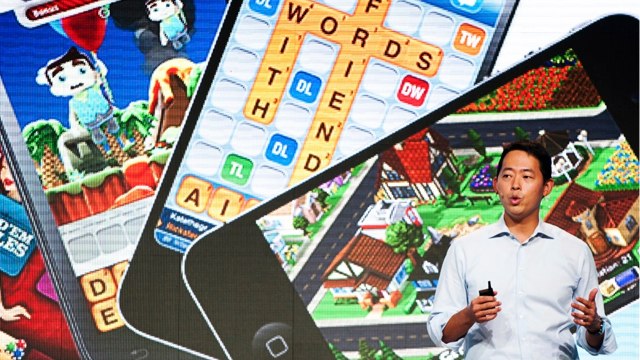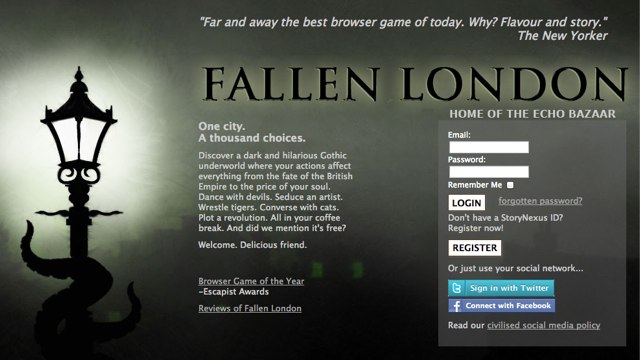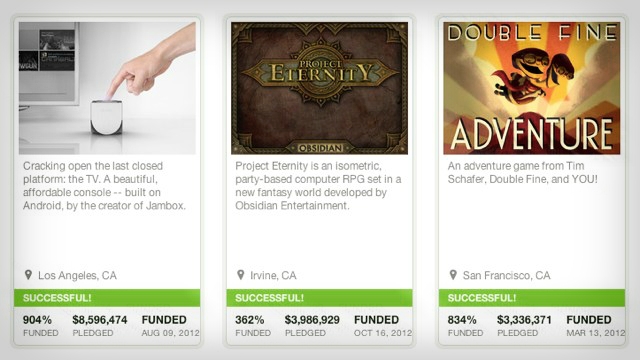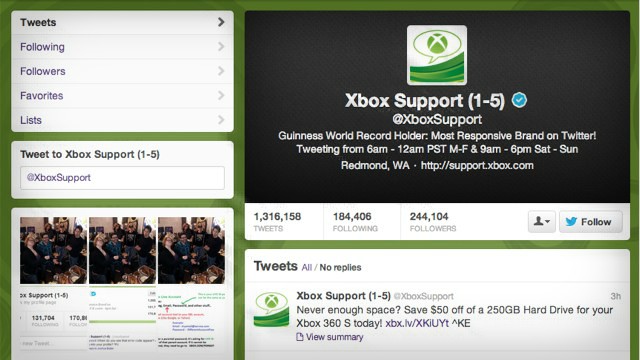Remember the days of the video arcade, when playing a game meant clamoring around an arcade machine in a public space, surrounded by both friends and strangers? You might want to say those were the days games were social, but since then games have come into our homes and gaming has become an increasingly solitary pursuit. However, that doesn’t mean gaming (and gamers) aren’t social
In fact, the entire industry is shifting its focus to social media, and representatives of gaming brands will want to invest their time to be present on social platforms to engage with gamers.
Mike Wehner, Managing Editor of gaming blog The Escapist, says that gaming technology used to be far more advanced than internet technology. Even though games provided an immersive experience for the gamer, it was hard to share this experience socially over the web. “Now we’re starting to see the social aspect catch back up,” says Wehner, “and even many single player games allow you to share achievements and interact with friends in a way that goes beyond just playing alongside them.”
As high-speed internet access has become commonplace in people’s homes, gamers are embracing social sharing of the gaming experience in a big way. For example, in an MMO (Massively Multiplayer Online) game, or in Halo on Xbox Live, you can be gaming with friends (or strangers) while simultaneously sharing the experience with your followers on social media. It’s like the days of the arcade, but now the arcade is global!
Games Have Gone Social
Failbetter Games has been making a name for itself by creating unique interactive stories that pull people in socially. The company is best known for Fallen London, which could be best described as a sort of choose your own adventure story in which you play alongside Facebook and Twitter friends, asking them for help.
Interestingly, the game developed an early reputation for being spammy, encouraging you to share content that gave the appearance of spam. “We deliberately drew back from that,” Failbetter Chief Narrative Officer and co-founder Alexis Kennedy says. “It’s not about needing to sign up five other players in order to unlock the story, it’s about seeing the choices people have made and responding to them.”
Failbetter now goes out of its way to reassure players that it won’t abuse user’s social networking accounts. “Games that exploit your data and spam your friends damage the reputation of the whole industry. We don’t do that. But Facebook and Twitter are amazing storytelling tools, and we’re very interested in that.”
Kennedy says one of the reasons Failbetter is so successful is because of the social element. “It provides a basic incentive to involve other people and stay involved.” Although the game no longer requires any kind of social login to play, around 60 percent of its players still come from Twitter and Facebook. And these players continue to be social without Failbetter’s help. “We get people role-playing on Twitter, setting up fan fiction groups on Tumblr, talking to us on our Facebook page, and using social media in ways that it makes sense to be used.”
Right now, Failbetter is exploring new social avenues by adding social tools to its StoryNexus platform. And the company is currently working with Random House on Black Crown, launching in May, which is built from the ground up to be a social experience.
Kickstarter: A New Way to Develop Games
Crowd-funding service Kickstarter has become a big player in gaming, letting independent and large game developers reach out directly to players with game ideas. If the developers like the gaming ideas on the platform, they can donate to fund the game’s development. Though you might think asking fans to fund a project would mean a shoestring budget, Kickstarter has been used to launch some big products. For example, video game console Ouya raised $8.5 million and game developer Double Fine raised $3.3 million. Even Failbetter Games’ more modest project — an expansion of its Fallen London universe seeking $10,000 for development — earned over $45,000.
Kickstarter has led consumers to know and talk about games earlier than ever; successful Kickstarter campaigns tend to be highly social, counting on fans to spread the word. “If a truly original idea pops up on Kickstarter, it often spreads very quickly, thanks to peoples’ inherent desire to impress their friends or be the first person in their social circle to discover something really cool,” says Mike Wehner.
Ben Gilbert, Senior Associate Editor at Engadget says that the integration of social into gaming is fundamentally changing the way games are marketed. “Services such as Kickstarter tend to be heavily publicized through social channels like Twitter — and then on news sites — rather than the other way around. That said, every successful Kickstarter campaign in gaming has still heavily relied on traditional media outlets to convey their message.”
Big Brands Have Taken Notice of Gaming’s Social Renaissance
Social games, and the social activities of gamers, have been successful enough that the biggest names in the gaming industry have taken notice. Sony’s next gaming console, PlayStation 4, will feature a “share” button right on the controller, allowing players to immediately let their friends know what they’re playing and how well they’re doing. Gamers can even share screenshots and videos of the games they’re playing.
“The company’s showing a dedication to social that Microsoft didn’t with its kludgy implementation of Facebook and Twitter [on the Xbox 360],” says Gilbert. “Since Sony’s making screenshot and video sharing a central component of the PlayStation 4 — not to mention streaming — it’s clear that the company sees social as a growing segment of the gaming market.” Gilbert adds that streaming services like Twitch and Ustream are enormously popular with PC gamers, “and console gamers have been largely left out of that growing market.”
You might not think it would be much fun to watch someone else play a video game, but it’s become an increasingly popular pastime, with skilled gamers streaming gameplay videos or posting them on YouTube. Some gamers take it a step beyond, creating their own movies — called machinima — entirely out of game footage. RoosterTeeth’s Red vs. Blue series, made entirely from Halo footage, has more than 100,000 subscribers on YouTube while World of Warcraft movie-maker Wowcrendor has more than 250,000 subscribers.
Michael Gray, who writes about machinima for the gaming blog WoW Insider, tells us that while an average video may only have a few hundred views, successful videos will reach more than 100,000 viewers in their lifetime.
“Essentially, it’s free advertising for the game makers every single time someone decides to share a gameplay video, screenshot, or live stream,” says Wehner. “Every time someone says ‘Hey, look at this awesome game I’m playing on my PS4!’ — that could lead to many more sales of both software and hardware.”
It’s Just the Beginning of Big Changes in Gaming
The PlayStation 4, expected to be on store shelves this holiday season, will be the first of the major game console launches in this era of social gaming. Although there’s nothing official yet, Microsoft will no doubt announce its next Xbox console soon, and we expect it to have social features as well.
“Social will absolutely become more and more standardized in our gaming hardware,” Gilbert tells us. “I very much expect to see the next Xbox include some type of game streaming and social functionality in its hardware, just like the PlayStation 4. Gamers who grow up with streaming as the standard will assuredly do new and innovative things, but what those things are remains to be seen.”
Gamers are online and talking on social channels. If you want to reach them, your best bet is to join them. Game companies have caught on to this advice; Microsoft’s @XboxSupport account on Twitter brags that it holds the Guinness World Record for the Most Responsive Brand on Twitter. Activision-Blizzard heavily supports its World of Warcraft players on social channels, with numerous community management staff and developers publicly talking to its community on Twitter. Even if you complain about a World of Warcraft problem on Reddit, you’ll find an official community support person jumping in to help.
If gamers use your products — and since gaming has gone mainstream, there’s a good chance that they do — there’s no reason you can’t engage with your gaming audience socially. They’re already online and socially savvy; you’ve just got to be there to encourage the social activity and get in on the action too!
Are you a gamer? Do you use social channels as part of your gaming experience? Let us know in the comments below.
[Image credit: Zynga]



